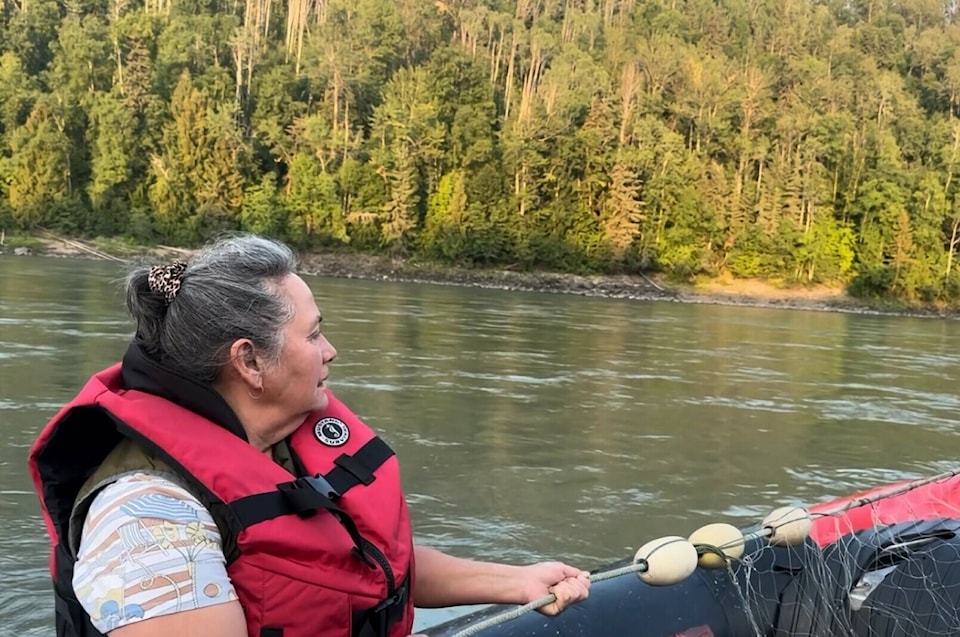The Tsetsaut Skii km Lax Ha Nation (TSKLH) has filed a civil claim in the BC Supreme Court, asserting Aboriginal rights and title to lands designated for a tailings pond at the KSM gold mine project.
The claim by the northern B.C. nation encompasses parts of the Nass River, Skeena River, Bear River, and Stikine River watersheds. The TSKLH said the legal action was prompted by what they describe as years of mining activities on their lands by Seabridge Gold, conducted without meaningful engagement, consent, rights to environmental stewardship, or fair compensation.
“We’ve tried unsuccessfully for years to meaningfully engage with Seabridge and the provincial government,” TSKLH Chief Darlene Simpson said. “We are not against industry, but mining has been occurring on our lands without our consent, including activities that potentially endanger our waterways, wildlife and food security.”
Seabridge would not comment on the legal action against the government but stated that its own communication with Indigenous partners has always been a priority for the KSM project.
“Since entering the Environmental Assessment process in 2007, and throughout our permitting processes, we have actively invited and encouraged all our Indigenous partners, including Tsetsaut Skii km Lax Ha, to participate meaningfully in our project-review processes. We will continue our efforts to engage with TSKLH actively and meaningfully,” Elizabeth Miller, Seabridge Gold’s vice president of environmental and social responsibility said.
Seabridge’s KSM project is considered the world’s largest undeveloped gold project, boasting an estimated 47.3 million ounces of gold with a projected 50-year mine lifespan.
The nation says it asserted territorial rights in 2011. A years-long review by the BC Ministry of the Attorney General resulted in an Ethnohistorical Report in 2021, which awarded the nation exclusive title claim to the Awiijii area where Seabridge plans to situate its tailings facility. However, in the same year, the Nation claims Seabridge advanced construction without consent or recognition of the report’s findings.
TSKLH aims to use the courts to force the BC government into pressuring Seabridge into recognizing the report, and initiate principled consultations based on historical evidence of their use of the land earmarked for the tailings facility.
The proposed site is located near waterways critical to TSKLH’s food supply and traditional practices.
“The proponent is saying they’re going to ignore the evidence, and the province is halfheartedly not stressing to the proponent the importance of following the evidence and consulting in a principled way,” Ryan Beaton, legal counsel for TSKLH, said.
Beaton also noted Seabridge holds agreements with the larger nearby Tahltan and Nisga’a Nations, partnerships potentially worth hundreds of millions of dollars in benefits and billions in employment opportunities.
“Seabridge Gold’s disproportionate accommodation of other Nations is not supported by the government’s own documents,” Beaton said. “For both the Province and industry, it is legally insufficient to consult and accommodate only larger Nations.”
Beaton emphasized that consultation and consent from all impacted First Nations are required by both the Truth and Reconciliation Commission’s Call to Action 92 and the United Nations Declaration on the Rights of Indigenous Peoples (UNDRIP).
